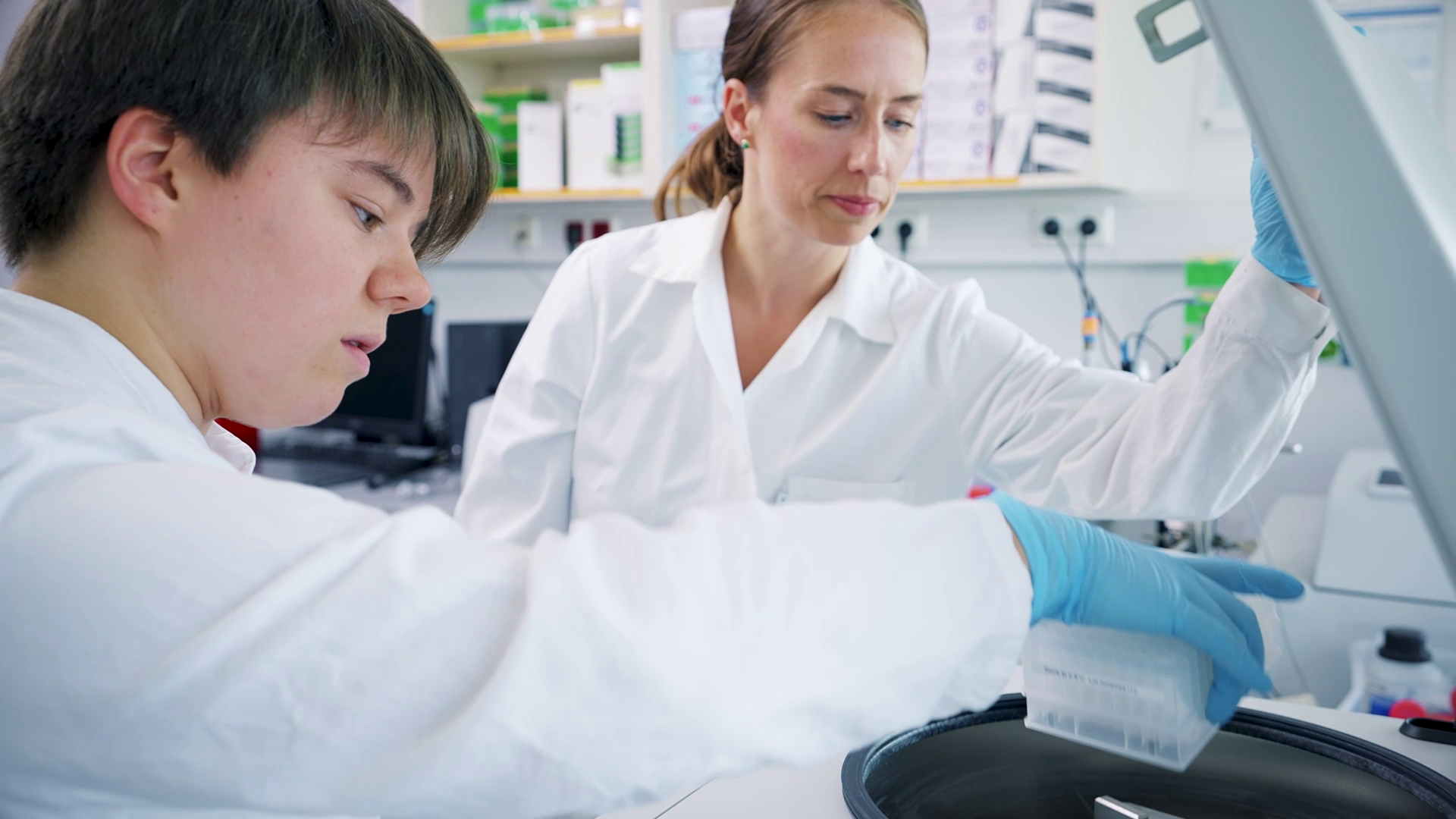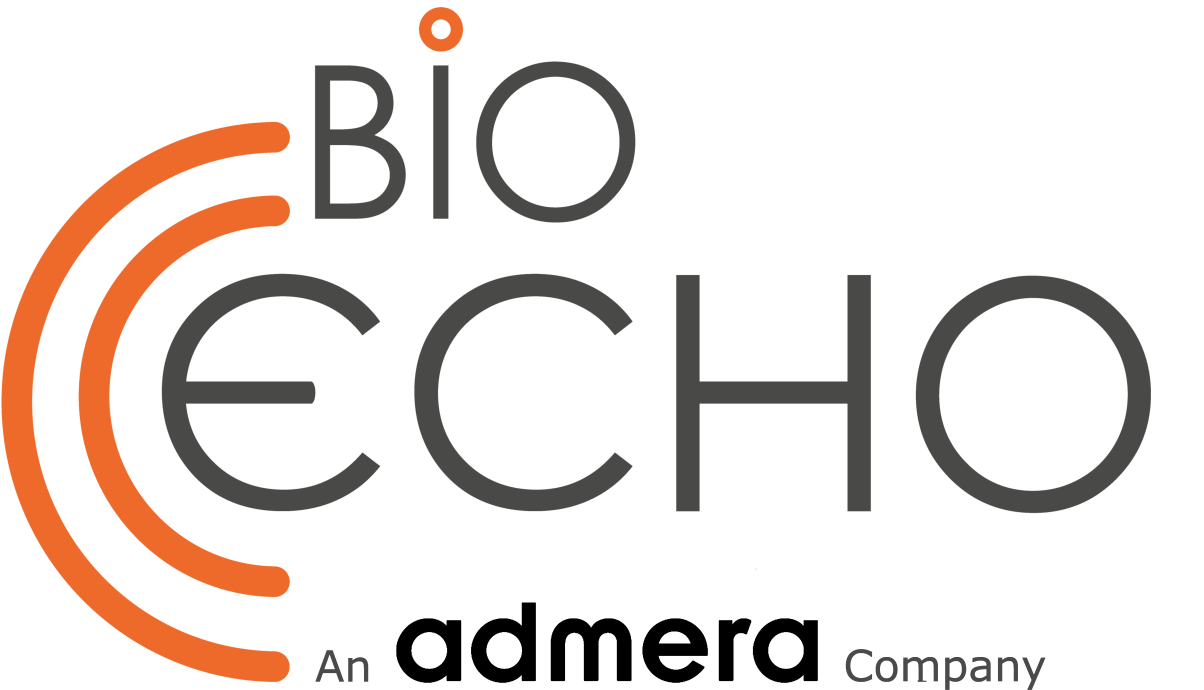The Good, The Bad & The Ugly: DNA Extraction Techniques

Getting great results with your DNA-based experiments is dependent on getting great quality from your samples — without spending too much time on extraction. In this article, we review the DNA extraction choices currently available so you can learn about the various pros and cons and identify the best choice for your lab.
Phenol–chloroform extraction – Cheap, but lots of preparation time
Phenol–chloroform extraction is one of the first widely used methods for extracting DNA and is still used by many labs. Cells are first disrupted in the presence of phenol and chloroform along with alcohol, salts, EDTA and SDS to improve the extraction and stabilize the DNA. Subsequently the samples are centrifuged to separate the mixture into two phases: a DNA-containing aqueous phase on the top and an organic phase on the bottom, with a layer of cellular debris in between. After transferring the aqueous phase to a new tube, DNA is further cleaned with ethanol washing and precipitation.
Advantages:
- Acceptable yield and purity of extracted DNA
- Inexpensive
Challenges:
- Very time consuming
- Potential contact with harmful chemicals
- High risk of cross-contamination
- Requires a high level of skill avoid transferring contaminants from the solid phase
- Potential for carry-over phenol, which denatures proteins
Salting out DNA – reliable and easy, but lower yields and purity
Precipitation methods with salts, such as sodium chloride, potassium acetate and ammonium acetate, separate hydrophobic proteins and other components in the sample from hydrophilic nucleic acid molecules. These techniques might include cetyl trimethylammonium bromide (CTAB) to break up hard cell walls from plants, fungi and bacteria and to help to separate polysaccharides and pigments from the DNA. Polyvinylpyrrolidone (PVP) is a buffer component commonly added to prevent coprecipitation of polyphenols with nucleic acids. For applications that are sensitive to contaminants, such as PCR, extra steps for chloroform–isoamyl alcohol extraction and ethanol precipitation is generally needed.
Advantages:
- Softer than the phenol–chloroform method
- Prevents hydrolysis of the bases for higher DNA integrity
- Moderately easy with acceptable DNA purity
- Generally low cost
Challenges:
- Variable yields
- Time-consuming preparation of chemicals
- Potential contamination with enzyme inhibitors
- Reduced yields from loss in alcohol precipitations
Solid-phase DNA extraction kits – relatively quick and easy, but higher costs and waste
Advantages:
- Very efficient and selective binding of DNA
- Good quality and yield of nucleic acid
- Reduced variability of yields compared to manual techniques
- Reduced contamination with inhibitors in the sample
- Quicker than manual methods
Challenges:
- DNA length affected by shearing forces during centrifugation
- Losses in yield from each column wash
- Loss of DNA molecules that are too small to stick to the column
- Substantial increase in plastic waste
Magnetic beads – elegant, but hard to handle
Advantages:
- Fast and easy method
- High-quality DNA
- Option to select DNA based on size
- No sheer forces from centrifugation for greater DNA integrity
Challenges:
- Time-consuming tube transfers
- Carry-over contamination reduces DNA quality
- Requires precisely correct salt concentrations
- Beads carry-over interferes with downstream applications
Single-step purification — an advantageous new method
Advantages:
- Improve performance with better purity, DNA integrity and yield
- Simplify your workflow with single-step purification after lysis
- Reduce time to result
- Keep samples under physiological, DNA-protecting conditions
- Improve lysis efficiency for great yields
- Eliminate mechanical disruption and overnight lysis for non-plant samples
- Avoid the risk of DNA damage from repeated centrifugation
- Eliminate separate disposal of harmful chemicals
- Reduce plastic waste by 70% compared to silica kits

